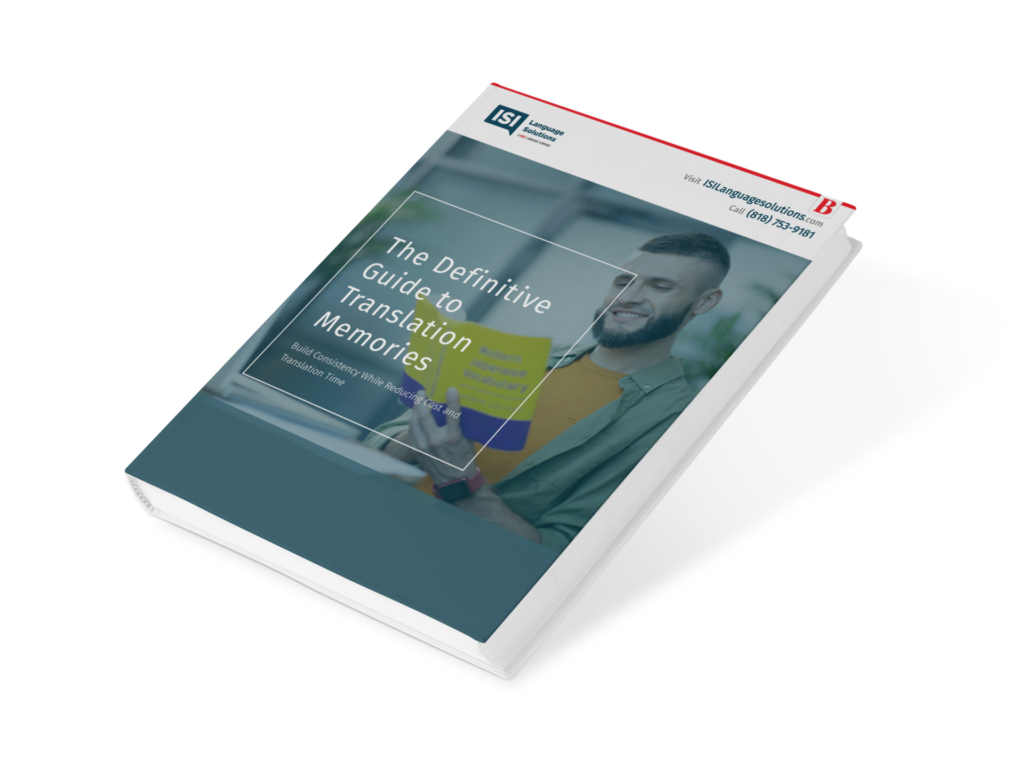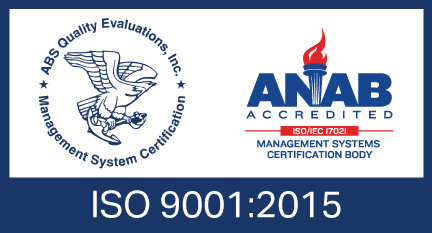
If you want to learn about press release translation you’ve come to the right place. Whether promoting a new product or service, announcing an organizational milestone, or sharing accomplishments, there is tremendous value in translating your company’s press releases. When you translate a press release into new languages you have the opportunity to reach new audiences both domestically and internationally.
What is a press release?
A press release is a short news story written and sent to targeted members of the media, and contains only the most essential information. It answers the what, when, where and why aspects of a story you are pitching to the media. The goal of a press release is to pique the interest of the journalist or publication you are targeting. In a best case scenario, the press release is picked up by the publication in entirety. In some cases it can even get you an invitation to interview with a publication. The value of getting positive publicity from press pick-ups can have a positive impact on your organization’s reputation and overall brand.
Why translate a press release?
Press release translation is part of a multilingual public relations strategy. It enables you to reach important stakeholders such as customers or investors who speak other languages. It can make your brand more relevant. It can get you more coverage both online and offline. Translating press releases helps you reach a wider audience and this can help generate more interest in your business and ultimately increase your pool of potential customers.
1. First Choose Who to Target
The first thing you will want to do is decide is who you want to target. Choosing who you target comes down to your public relations goals. For example, if you are a travel brand selling an experience and want attract German travelers, then you will want to translate your press release into German and then target German publications that cover international travel.
If your goal is to sell more products locally, such as a craft brewery trying to sell more beer to Spanish speaking Americans in a local market, you may want to translate your press release into Spanish and then target Spanish publications in your area.
In both examples above, both your goals and target audience are clearly identified.
2. Use Translators Who are Industry Experts with your Press Release Translation
A press release often contains industry-specific information. By using translators who are experts in a specific area that the release covers- whether it’s tourism, healthcare, software – you will better connect with your audience. Many language translation companies will offer translation services in a variety of subject areas and industries. This means they can give your press release a voice with knowledge of your industry.
3. Localize Content
A press release may seem like a pretty straightforward publicity piece, but because it is a piece of corporate communication, you will want to ensure all the information contained within it is as accurate as possible. This means, in the case of targeting international publications, your content needs to be localized. The process of localizing a press release includes:
- Selecting appropriate images to accompany your press release
- Using unique cultural angles (such as local holidays or customs) to tie the press release to
- Adapting layout and design to properly display translated text
- Converting to local standards (such as units of currency and measurement)
- Using proper local preferred formats for dates, addresses and phone numbers
- Addressing local regulations and legal requirements
- Adapting graphics to the local market
A quality language translation company will have translators on staff that are also experts at localizing your press release. They will guide you through the entire process to ensure your press release takes advantage of every opportunity for localization. This will help increase the chances of connecting with the publication you are targeting.
4. Avoid Acronyms with Press Release Translation
Generally acronyms don’t work well in press releases. When you add the complexity of translating them into a new language, you will be met with even more of a challenge. Therefore, be mindful of acronyms, and try to either spell them out or avoid using them all together. If you must use industry-specific acronyms, discuss them in advance with your translator. Your translator can help guide you through both general best practices and conventions specific to the language(s) your content will be translated into.
5. Adapting Your Company Name
In most cases you will not need to adapt your company name in your press release. Company names are rarely translated (unless the company goes by an alternate name in a different country). This extends to trademarked product names as well as website addresses. You may want to provide the translator with a list of terms not to translate. This will help them identify what words should stay in English. This will end up saving you both time and cost by avoiding revisions so that your press release gets published in a timely manner.








